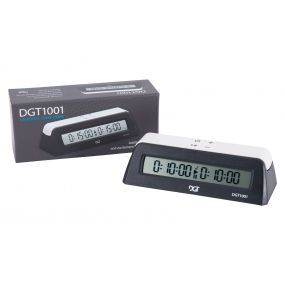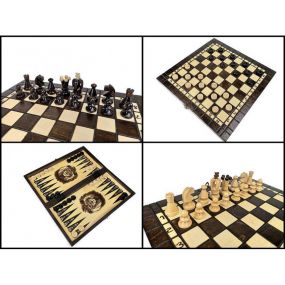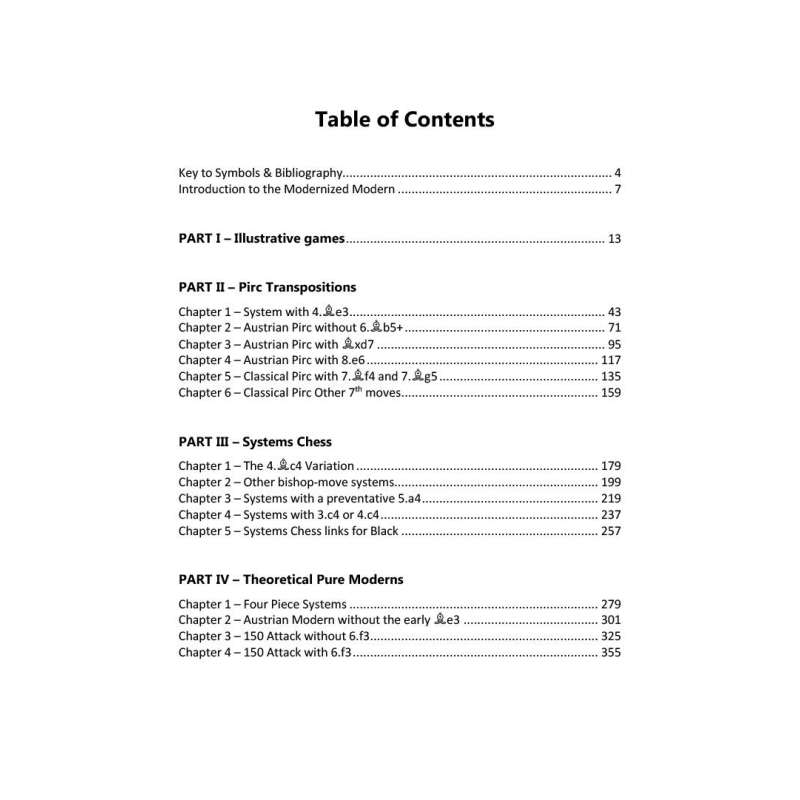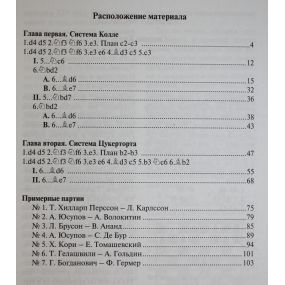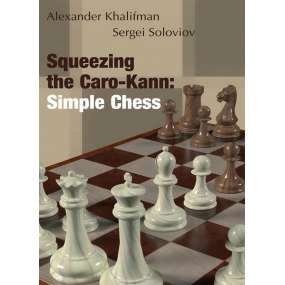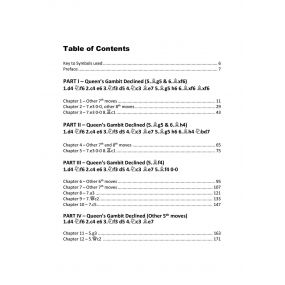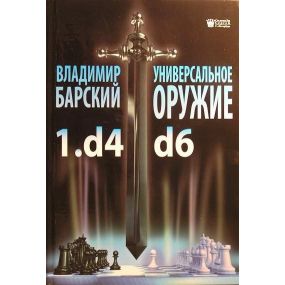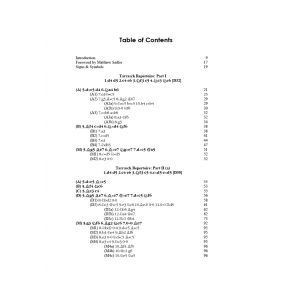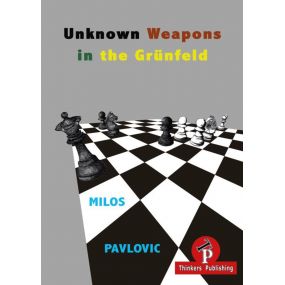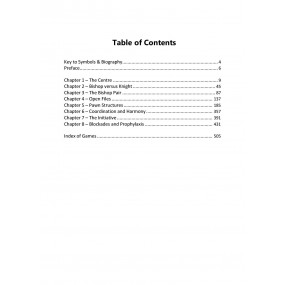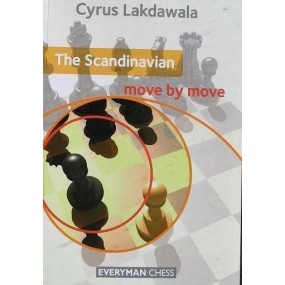Times are changing (as even the Wild West at some point became industrialized) and theory has developed on everything. It has therefore become possible, inter alia, to try and write a rigorous opening manual on the Modern. What I mean is not that equality has been found and this should be your exclusive opening choice for all time to come (I would be lying to you if I said that) but rather that there is now a roadmap as to how you should study this opening. About time, given the number of 1.e4 repertoires that have been written and which contain anti-Modern recommendations (usually in the ‘Other’ or ‘Miscellaneous’ section towards the back!) that nobody has taken the time to combat rigorously.
Furthermore, there has been a sea change in the ethos of Modern players (and also Pirc players): we no longer wish to get something totally new, or redefine the concept of development in Hippo style, but usually these days we want to get a Sicilian structure! That is to say, a position where Black gets to play ... cxd4 (or have White play dxc5) and thereby obtains a central majority that will stand him in good stead for the long term. That has now become the intellectual gold standard, a trend that has progressed in tandem with the inclusion of this opening in more players’ repertoires and its slow shift in towards the mainstream from the fringes of what is acceptable.
As artisans (for we must never forget our roots) on this moving fringe, it is important to have your bearings. Nowadays (and however much you feel like playing it freehand) if you want to include the Modern in your repertoire you should do some study. You should know, for instance, where White can get a safe plus (in my opinion, just chapter III.2), where White can get a less-safe plus (chapter IV.4), and where there are routes to equality, dynamic or otherwise (essentially the rest of the book!)
SPIS TREŚCI:
004 Key to Symbols & Bibliography
007 Introduction to the Modernized Modern
013 PART I - Illustrative games
PART II - Pirc Transpositions
043 Chapter 1 - System with 4.Be3
071 Chapter 2 - Austrian Pirc without 6.Bb5+
095 Chapter 3 - Austrian Pirc with Bxd7
117 Chapter 4 - Austrian Pirc with 8.e6
135 Chapter 5 - Classical Pirc with 7.Bf4 and 7.Bg5
159 Chapter 6 - Classical Pirc Other 7th moves
PART III - Systems Chess
179 Chapter 1 - The 4.Bc4 Variation
199 Chapter 2 - Other bishop-move systems
219 Chapter 3 - Systems with a preventative 5.a4
237 Chapter 4 - Systems with 3.c4 or 4.c4
257 Chapter 5 - Systems Chess links for Black
PART IV - Theoretical Pure Moderns
279 Chapter 1 - Four Piece Systems
301 Chapter 2 - Austrian Modern without the early Be3
325 Chapter 3 - 150 Attack without 6.f3
355 Chapter 4 - 150 Attack with 6.f3



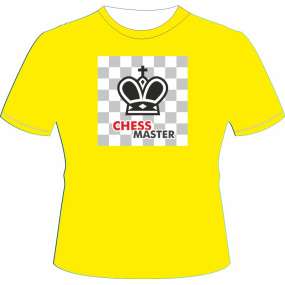

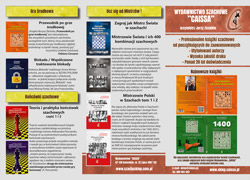
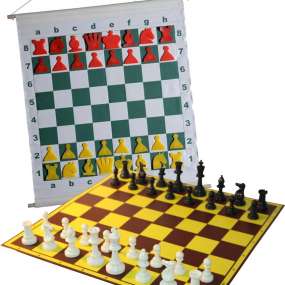

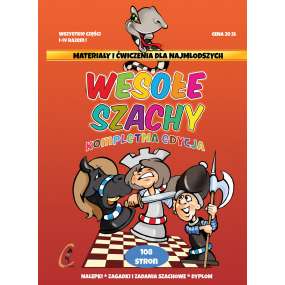

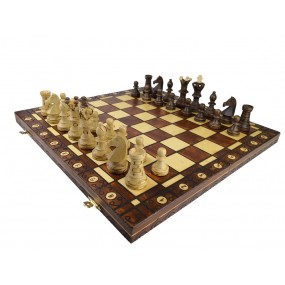


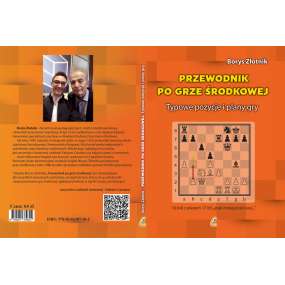









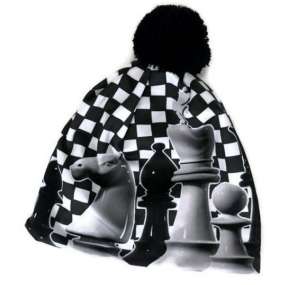

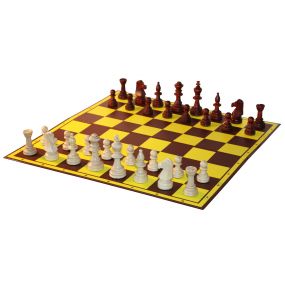
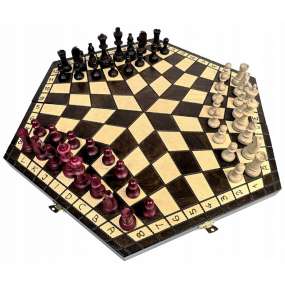





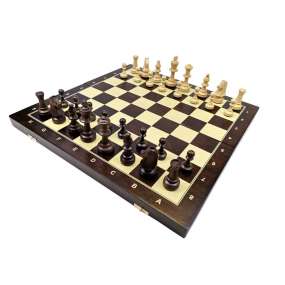
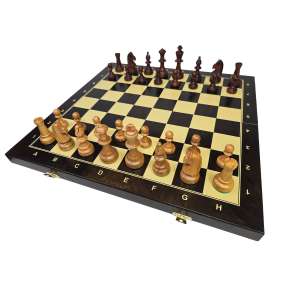

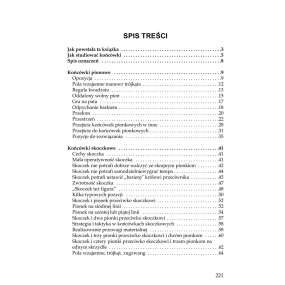

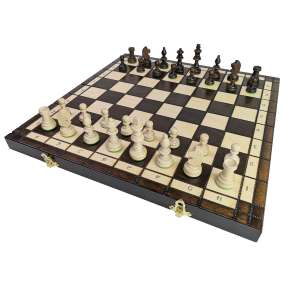




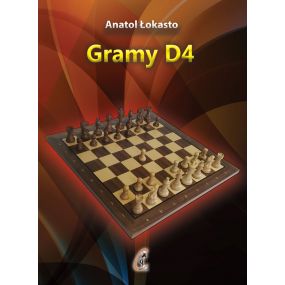







 Nowy elektroniczny zegar szachowy LEAP KK9908
Nowy elektroniczny zegar szachowy LEAP KK9908